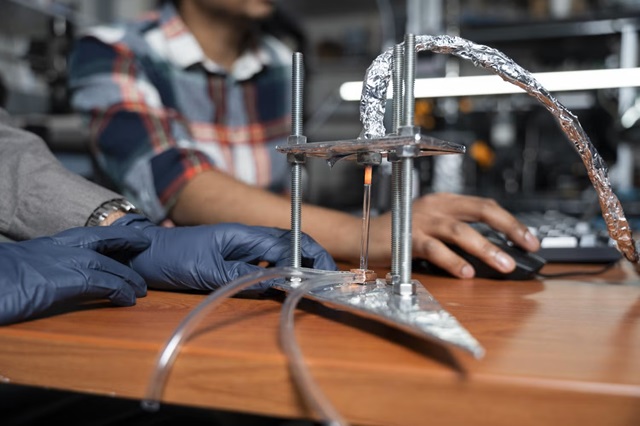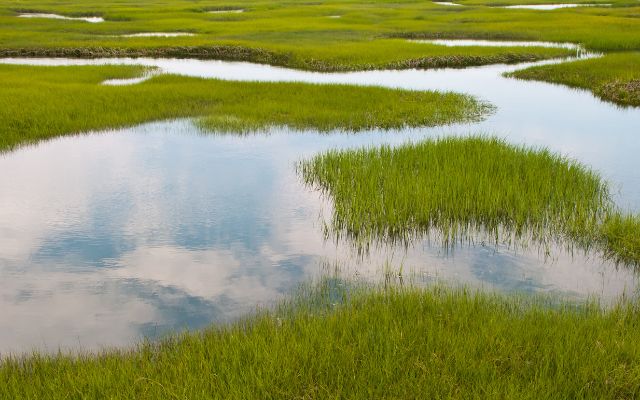Electricity powers on, thermally efficient mortar and poking Planck’s Law
In this issue:
Electricity powers on
Global growth in electricity demand shows no signs of letting up according to Electricity 2025, published by the IEA. Growth in 2024 was 4.3% and predicted growth out to 2027 is of 4% a year. The growth equates to adding around the annual demand of Japan every year. China and India are leading the charge (puns intended) with growth of around 7% and 6.3% respectively. Of the leading economies, China has the highest proportion of electricity in its final energy mix at 28% with the US at 22% and Europe at 21%.
CFOs seeing benefit
69% of CFOs expect to see higher returns from sustainability investments (compared with BAU projects) according to a new survey of 500 CFOs by Kearney. Much of the returns are seen as arising from avoided risk and 65% said they are already measuring the cost of inaction. 92% expect to increase the proportion of revenue allocated to sustainability this year. Respondents came from the UK, the US, India and the UAE.
New mortar reduces heat loss by 55%
That’s the claim of a team of scientists from Newcastle University who are tackling the dual problems of waste plastics and reducing emissions. The new formulation combines 7% untreated silica aerogels combined with 3% shredded PET plastic in place of some of the sand in standard mortar. The resulting mix still meets international construction standards but reduces the thermal conductivity of the mortar by up to 55%.
Selling the family silver to combat climate change
Nauru’s Economic and Climate Resilience Citizenship Programme has recently gone live. Launched at COP29, the programme sells Nauru citizenship for US$105,000 (NZ$183,000), the money being applied to climate mitigation projects. A Nauru passport does enjoy visa-free travel to 87 countries and with a population of only 11,000, selling 500 (the figure mentioned) is pushing 5% of the voting population. The Nauru government claims the programme is aimed at attracting investment, not just raising money from selling citizenship. It’s not that new an idea. New Zealand and Australia have operated investor visa schemes for many years, it’s just a matter of price and some fine print. Nauru experienced 146 flooding days in the 10 years to the end of 2021, in the 10 years to the end of 1984 it saw 8.
Defying the laws of physics in heat transfer
A group of scientists from the University of Colorado Boulder are probing the boundaries of Planck’s thermal radiation law, one of most fundamental laws in thermal physics. The law puts a limit on the available thermal energy that can be harnessed from a high temperature source at any given temperature and is a constraint on certain heat recovery technologies. Thermophotovoltaics (TPV) can be used to harness energy from high temperature sources and turn it into electricity. The team altered the standard TPV design to add a “zero-vacuum gap”, basically a piece of glass instead of a vacuum or gas-filled gap. The tweak overcomes the vacuum limit defined by Planck’s law and doubles the yielded power density from a TPV device. Perhaps not so much defying the law as a work-around but a dramatic improvement nonetheless as it is a cheap and highly practical efficiency improvement to help decarbonise heavy industries.
Did you know …….
The top 1 metre of the salt marshes of New England (US) store the same amount of carbon as emitted by 10 million cars? And they keep on giving as the natural evolution of the marshes from tidal movements deposits more sediment that captures more carbon. No wonder calls are being made for their protection.


